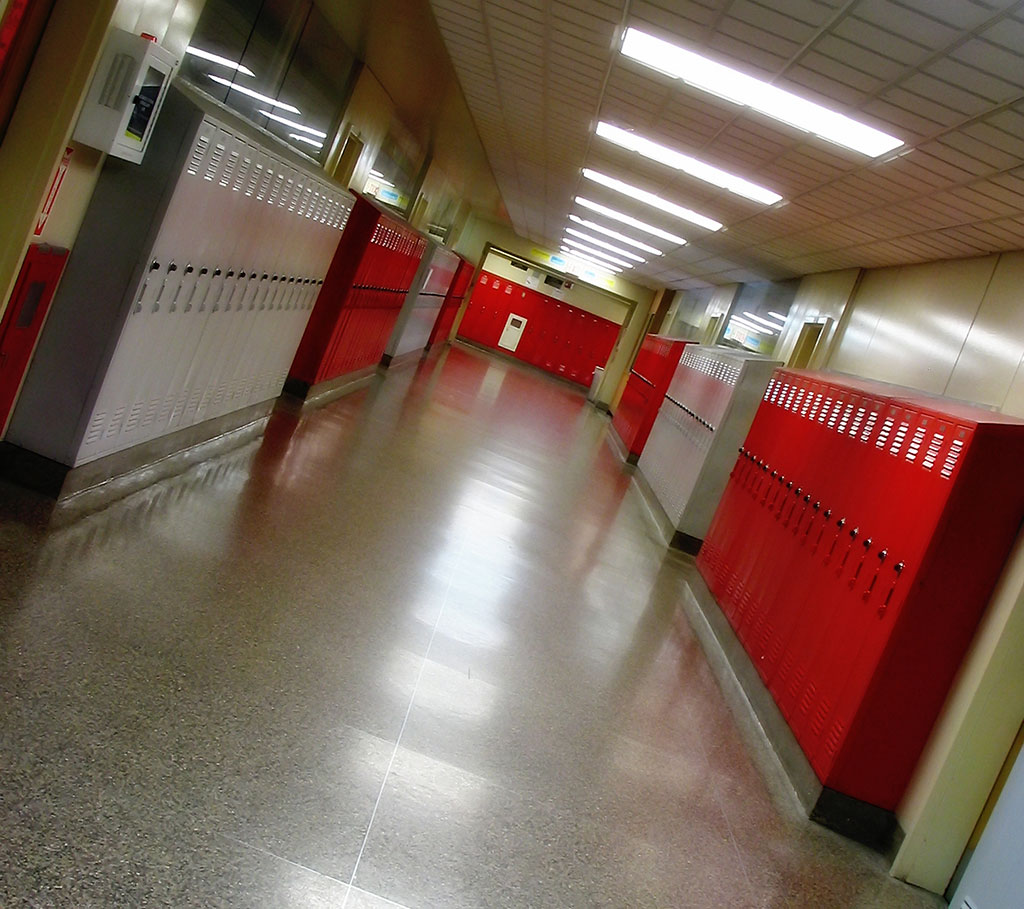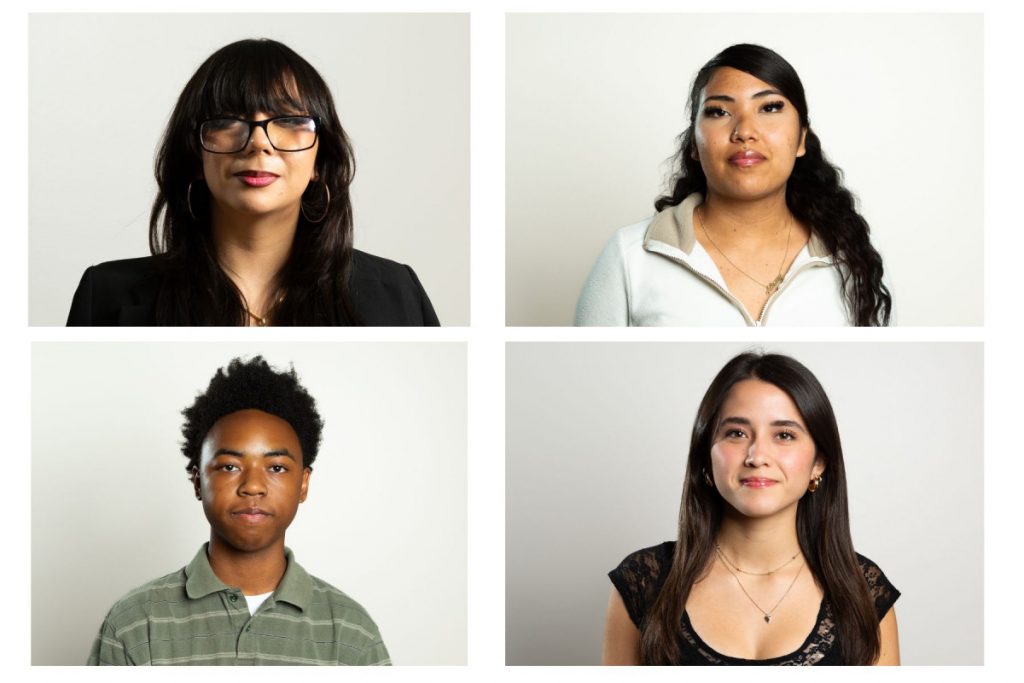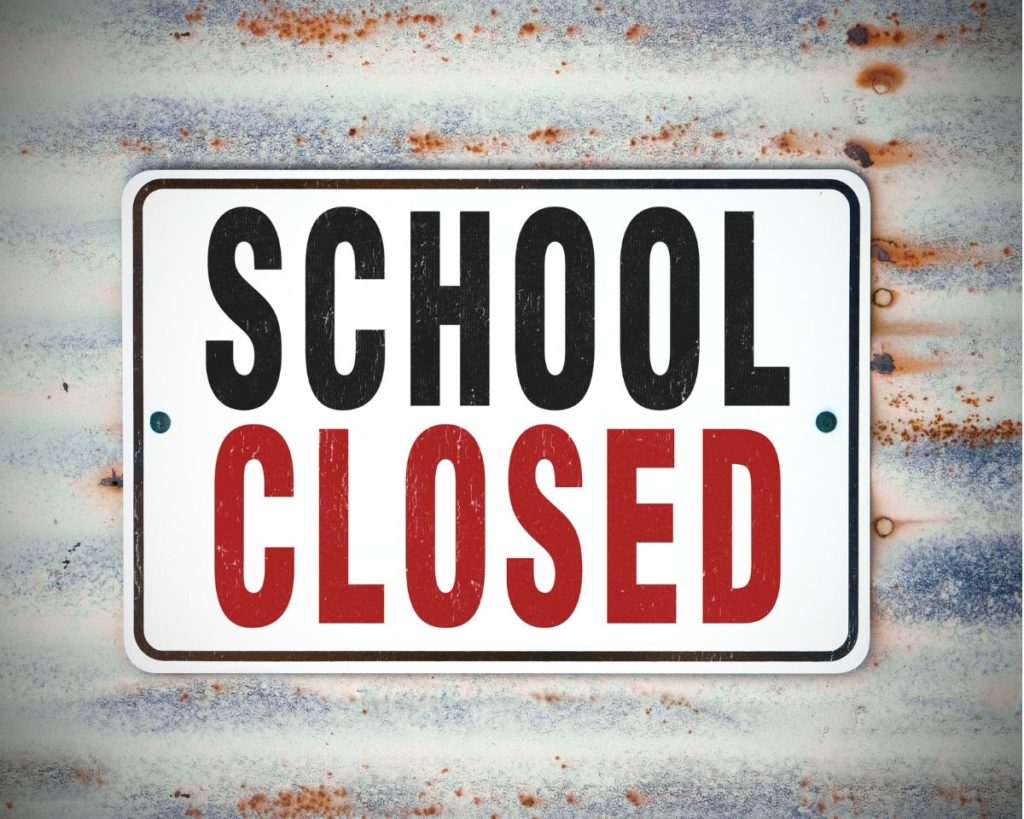UPDATE, Sept. 24, 4:30 p.m. The Denver school board has decided to postpone its vote on allowing a DSST Rachel Noel High School to open next year. District officials worked this week with board members and DSST leadership to craft a compromise, but were unable to come up with a solution. Time ran out while negotiations were still active. But an agreement satisfactory to all seemed a distant prospect at best.
The board is likely to call a special meeting next Thursday to vote on the issue.
As the Denver school board prepares to vote this Thursday on allowing DSST Public Schools to expand the top public middle school in the state through high school, putting the performance of the charter network’s schools in perspective might be helpful.
We’ll get into the details just below. But the summary is that most DSST campuses out-perform other DPS high schools on multiple measures, including sending low-income kids to and through college.
Still, as reported here last week, the board appears poised to turn down the expansion of DSST Middle School at Noel Campus, though last-minute changes of heart are always possible.
Some board members have stepped outside the bounds of board policies to justify a no vote, by reviewing DSST middle schools instead of just high schools as part of their deliberations.
Their real motivation, presumably, is an oft-stated hostility to the “corporate model of reform,” which, in their view, includes allowing families to choose between different school models and governance structures. In the name of anti-charter and innovation school sentiment, could the board really decide to deprive 500 Noel middle school students of a top-flight high school education?
Stay glued to the school board video feed Thursday to find out.
While board members ponder their votes, let’s hope they consider facts they must already know, but bear repeating. Here are two of them.
- DSST high schools rank as the best in DPS when it comes to PSAT and SAT scores for Black students in 9th, 10th, and 11th grades. DSST also ranks first for the scores of Hispanic students in grades 10 and 11, and second for ninth-graders.
- DSST high schools also rank number 2, 3, and 4 for Black ninth- and 10th-graders, number 2-5 for Hispanic 9th graders; and number 2,4, and 5 for Hispanic 10th graders. That’s among all DPS schools that administered the PSAT and SAT to students.
Bear in mind that this may not be a full picture, because the Colorado Department of Education withholds data on subgroups of students in a school if there are fewer than 16 students in that group.
School board members are technically correct when they point out that DSST was never promised a high school at the Noel campus. But when a more forward-thinking group of board members approved an eight-school expansion of DSST back in 2015, it was widely assumed that if the network’s Noel middle school performed well, the approval of a high school would be pro forma.
Given the school’s strong performance over time, there’s no legitimate excuse to turn down its expansion through high school.
Here’s some additional data to bolster the argument. A+ Colorado, an education research and advocacy organization (disclosure: I serve on its board) released a report in 2019 focused on which Colorado high schools helped their students gain access to top colleges.
The report, “A Seat at the Table,” examined SAT scores of school individual high schools across the state from 2009-2015, as well as matriculation rates into top-tier four-year colleges and universities. It found that DSST schools far outperformed other Denver schools in getting low-income students into the top 150 colleges and top 150 universities in the U.S.
One school in particular, DSST Green Valley Ranch, topped all Colorado public high schools by A+’s measure, getting 56 percent of its low-income graduates into top schools. That’s 15 percentage points better than the runner-up school, a high-income charter in Boulder Valley.
More recent data compiled by A+ show the school hasn’t slipped since 2015, In 2019, its mean SAT math score for students eligible for subsidized school lunches was 558. The mean score for all low-income Denver students was 451 — 107 points lower.
Not only that, the DSST Green Valley Ranch mean math score topped the mean score of non-low-income Denver kids by 26 points.
If board member Tay Anderson votes no on the DSST Noel high school, he will be going against a pledge made when he was a candidate for the board. At a work session last week, Anderson said the 2019 performance of two DSST middle schools in other parts of town “make me hesitant to say let’s start another DSST.”
But at a candidate forum in October 2019, during his successful run for an at-large seat, moderator Mark Sass asked Anderson directly about whether he would support a DSST Noel high school.
He responded that first the Montbello neighborhood needs a comprehensive high school. “Once we do that, there are going to be seats and availability at the Noel campus. So what we’re going to have to do is make sure we fulfill our commitment as a district.
“When DSST Noel opened as a middle school, we knew there was an expectation they were going to get a high school. So we can’t have a board that is going to play games with the parents and say ‘hey…we’re going to act like we didn’t know this was going to happen.’ No, we have to fulfill that commitment, and make sure DSST Noel expands into the high school we have promised them.”
Anderson went on to say that finding a location for the high school will be important, rather than co-locating it with another school. He concluded his remarks by saying when he is elected “we are going to make sure Noel gets to expand. That is something we have to make sure we are keeping our word on. Then, the board members that get up to do this work, once they lie to you and they say ‘we’re not going to do it,’ unelect them. You have a duty to do that.”
When I asked him this week about those comments and how they track with his current position, Anderson said he has information now that he didn’t possess as a candidate last year about the requirements that DSST’s Cole High School improve its performance before any more DSST high schools are approved. That has happened according to DPS staff.
Also, Anderson pointed out this week, Montbello’s comprehensive high school isn’t open, and the pandemic has changed priorities.
But he also returned to the theme of two DSST low-performing middle schools — Henry and Cole — as a factor in his deliberations. Again, the board’s own criteria state that only DSST high school performance is to be considered when deciding whether to open an additional network high school.
Finally, Anderson said “I did not commit to a specific timeline” for getting a Noel high school open, meaning, presumably, that even if he votes no now, that could change in the future. He did not address his “duty to unelect” statement.
During this disheartening week, when national elected officials like Lindsey Graham and Cory Gardner are brazenly going back on their word about Supreme Court confirmation votes, it would be refreshing to hear DPS board members give their real reasons for voting down the DSST Noel high school, if that’s what they ultimately do.
Using the bogus pretext of two DSST middle schools’ poor performance — now improved, according to DPS staff — fools no one.




